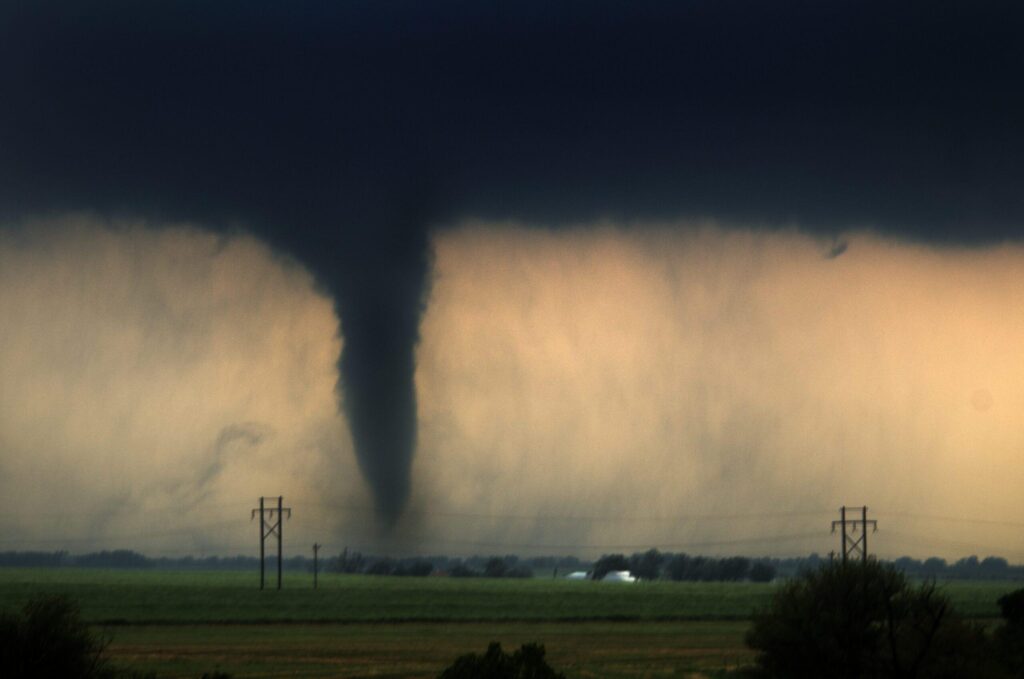Devastating Storms in DR Congo: A Crisis Unfolding
Severe weather systems have recently battered the Democratic Republic of the Congo, resulting in catastrophic consequences for numerous communities. Official figures report at least 77 lives lost, with more than 100 people still missing after a series of flash floods and boat accidents. These extreme conditions have exacerbated existing challenges faced by residents, including fragile infrastructure and the escalating impacts of climate change. The flooding has particularly devastated areas along key rivers where water transport is vital for daily life and commerce, leaving many families homeless and stripped of their possessions within hours.
The scale of destruction highlights an urgent need for enhanced disaster preparedness and response mechanisms tailored to this vulnerable region. Local authorities are actively engaged in search efforts while humanitarian organizations mobilize resources to support affected populations amid ongoing uncertainty.
In response to this calamity, emergency teams are prioritizing critical interventions aimed at alleviating human suffering. Key focus areas include:
- Search and Rescue Missions: Deploying specialized units to find survivors trapped by floodwaters or stranded due to capsized vessels.
- Distribution of Essential Supplies: Providing clean drinking water, nutritious food, medical aid, and hygiene kits to displaced individuals.
- Shelter Provision: Establishing temporary housing facilities for those who have lost their homes during the floods.
| Affected Category |
Total Impacted |
| Total Fatalities |
77+ |
| MISSING PERSONS (ESTIMATED) |
>100 |
| Displaced Individuals (Approx.) |
>500 families affected |
Ongoing Search & Rescue Operations Highlight Humanitarian Urgency
The aftermath remains dire as rescue teams intensify efforts across multiple provinces hardest hit by these storms. With over 100 people unaccounted for alongside confirmed deaths totaling 77, immediate international assistance is crucial. Survivors urgently require access not only to food but also clean water supplies—critical given heightened risks of waterborne illnesses following flooding events—and medical care including first aid materials.
- Bottled Water & Sanitation Supplies;
- Epidemic Prevention Measures;
- Nutritional Support Packages;
- Tent Accommodations & Warm Clothing;
The regions most severely impacted include Kasaï with approximately 30 fatalities and 50 missing persons; Ituri reporting around 25 deaths with another 30 unaccounted; followed closely by North Kivu where at least 22 lives were lost alongside roughly 20 missing individuals.
| Region |
Fatalities |
Missing Persons |
| Kasaï |
30 td >< td >50 td > tr >
|
< td >Ituri td >< td >25< / td >< td >30< / td > tr >
< td >North Kivu< / td >< t d >22< / t d >< t d >20< / t d > tr >
This crisis demands swift action from NGOs alongside government agencies working together on ground-level coordination efforts aimed at reducing further loss while providing relief essentials promptly.
Building Resilience Against Extreme Weather: Strategies for DR Congo’s Future Stability
This recent disaster starkly illustrates how vulnerable communities remain without robust systems designed to withstand increasingly frequent severe weather episodes linked directly with global climate shifts. To reduce future risks effectively, it is imperative that stakeholders implement comprehensive risk evaluations combined with proactive measures such as early warning networks capable of alerting populations well before disasters strike.
- Diversifying Infrastructure Strengthening: Investments must be made toward reinforcing critical infrastructure like bridges capable of enduring heavy rains plus improved drainage channels that prevent rapid flooding accumulation. li>
- Civic Education Campaigns: A widespread public awareness initiative can empower residents through knowledge about evacuation routes, safety protocols, and emergency preparedness drills. & nbsp;& nbsp;& nbsp; & nbsp;
- Ecosystem Rehabilitation Projects: Pursuing restoration initiatives targeting wetlands or forest buffers can naturally mitigate flood impacts while enhancing biodiversity conservation. li>
Collaboration between local governments coupled with international partners will be essential in establishing a resilient framework addressing both immediate recovery needs plus long-term adaptation goals.
Creating dedicated task forces focused on climate resilience could streamline resource allocation efficiently.
Additionally,sustainable farming techniques paired with advanced water management solutions will help secure livelihoods dependent on natural resources under changing environmental conditions.
Funding Source
th >
| Description
th >
| Estimated Funding Amount
th > tr > thead >
|
International Aid Organizations
| Grants supporting disaster readiness programs
| $500K+ USD
tr >
|
National Government Allocations
| Budget earmarked for infrastructure upgrades
| $1.2 million USD approx.
tr >
|
|
Looking Ahead: Recovery Efforts and Climate Adaptation in DR Congo’s Wake
The path forward following these destructive storms will demand sustained commitment from both national leaders and global partners alike. With over seventy-seven confirmed dead and hundreds displaced or missing amidst ongoing rescue operations, rebuilding will require not only physical reconstruction but also addressing systemic vulnerabilities intensified by climate change trends affecting Central Africa today.
The international community continues monitoring developments closely as humanitarian agencies escalate relief distribution targeting flood victims stranded without basic necessities after losing homes or means of livelihood due to river surges sweeping entire villages away within hours—similar devastation was witnessed during Mozambique’s Cyclone Idai event back in March 2019 which left thousands homeless across southern Africa’s coastal regions.
This tragedy serves as a sobering reminder that investing proactively into adaptive strategies—ranging from infrastructural modernization through community education programs—is essential if future losses are to be minimized amid an era marked increasingly by unpredictable weather extremes worldwide.
Updates will follow as new information emerges regarding recovery progress throughout affected provinces across DR Congo’s vast landscape.
